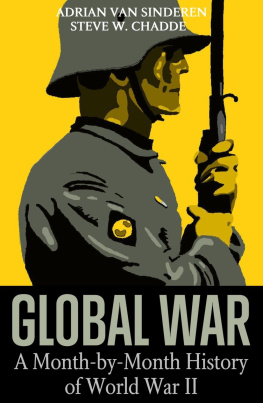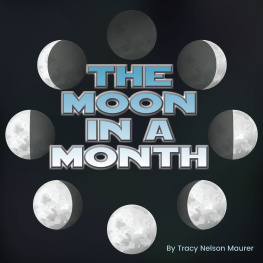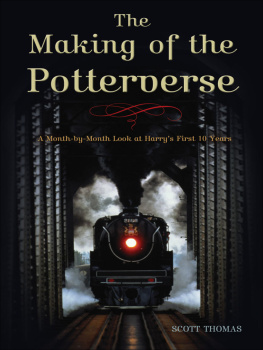

EUMENES Publishing 2019, all rights reserved. No part of this publication may be reproduced, stored in a retrieval system or transmitted by any means, electrical, mechanical or otherwise without the written permission of the copyright holder.
Publishers Note
Although in most cases we have retained the Authors original spelling and grammar to authentically reproduce the work of the Author and the original intent of such material, some additional notes and clarifications have been added for the modern readers benefit.
We have also made every effort to include all maps and illustrations of the original edition the limitations of formatting do not allow of including larger maps, we will upload as many of these maps as possible.

GLOBAL WAR
A Month-by-Month History of World War Two
ADRIAN VAN SINDEREN and STEVE W. CHADDE
Global War was originally published in 1949 as The Story of the Six Years of Global War, by Adrian Van Sinderen.
* * *
To
Captain Adrian Van Sinderen, Jr., A.U.S.;
Captain Chauncey Fox Howe, A.U.S.;
Lieutenant Donald Wallace Henry, U.S.N.R.;
Ensign Alfred White Van Sinderen, U.S.N.R.
With love and esteem from Dad.
TABLE OF CONTENTS
Contents
Acknowledgments
I desire to record here with greatest pleasure my appreciation of the invaluable assistance rendered by Miss Georgie Alice Johnson in the preparation of this book. Her zeal and ability in helping to collect the great amount of required material and her loyal co-operation in the task of editing the text is hereby gratefully acknowledged.
I am also indebted to Miss Josephine Kopetka for her painstaking accuracy and considerable labor in the typing of the manuscript.
INTRODUCTION
THE volumes Four Years and The Fifth Year, published in 1945 and 1944, chronicled the events of five years of World War II but the duration of the conflict and the labor involved in compiling the data conspired to prevent the completion of the account during 1945. The recording of the concluding twelve months of the war was finally begun with the thought that a Sixth Year would suffice but major objections to this idea soon developed. Obviously much information has come to light since the chronicling of the first five years; obviously too a single volume with one index betters three volumes and three indices. There was indeed every indication that the entire chronicle required to be rewritten, completed, reindexed and brought out under one cover. This has been done and the present book supplants the two previous editions above mentioned and completes the history through the surrender of Japan.
The historians of World War II will forever face the problem of how best to present the exciting story of its widely scattered but mutually dependent simultaneous events. Volumes will be written covering such special phases as Englands effort, the campaigns in Russia and the battles in the Pacific. Eisenhower and MacArthur, Nimitz and Marshall, Chiang Kai Shek and Montgomery, Stalin and Bor, and many others will, we hope, each tell of the war as he knew it; indeed authoritative accounts covering the details of various areas of the conflict have already appeared to which the reader is referred the while he consults the maps so vital to an understanding of distance and location. The present attempt throws the spotlight on no single aspect of the war but offers instead a global view of what transpired, of the mortal danger which spread from continent to continent to threaten the United Nations and of the course which they pursued to win the final victory; the narrative is here presented by months rather than by areas because the various theaters of operations were to a great degree interdependent and not separate conflicts.
A lack of intensity so characterized the first six months of fighting that newspapers dubbed the war phony and except for the story of Poland the early chapters do not make exciting reading; the action accelerated however in ever growing crescendo after Germanys lethal attack upon Norway. As Hitler swung the hammer of tyranny to weld his Fortress Europe, England stood alone in single grandeur (see Churchill, May 1942) through the catastrophe of Dunkerque and the threat of invasion. Eastward to the very gates of Moscow, Leningrad and Stalingrad surged the Nazi hordes while to the west Japan established her control over Siam, Burma and China and the islands of the Pacific. Incredible heroism stemmed the Axis onslaught at Stalingrad, El Alamein, the Coral Sea, Midway and Guadalcanal, but the price of victory was six long years of horror, bloodshed and destruction.
These pages include the substance of speeches by the chief characters in the drama to the end that we learn the aims, the fears and the faith of the leaders from their own lips but such passages do not constitute complete quotations. Great effort has been made to attain accuracy in collecting and ordering the material presented but a task of this magnitude provides ample opportunity for error. Should mistakes be found the author can only express his sincere regret and bespeak the readers kind indulgence.
PROLOGUE AUGUST 1939
THE crisis in world affairs brought about by Chancellor Hitlers political and military maneuvers came to a head on September l, 1939. The Nazis had crystallized their purpose and perfected their plans and stood ready at last to attempt the subjugation of Europe and the domination of the world. Despite the appeals of Winston Churchill for a strong defensive unit (see Churchills address, August 1941) none of his countrymen would listen and the Axis partners had been permitted to complete unimpeded the invasions of the Rhineland, Ethiopia, Albania and China, a clear indication to Hitler and his accomplices that neither France, England nor the United States wished war, even under provocation. Italy too was encouraged for King Zog had fled to Athens from his Italian-occupied capital in Albania and Haile Selassie no longer ruled in Addis Ababa. It looked to the Axis leaders as if the world was theirs for the asking when even Prime Minister Chamberlain of England could be deluded by visions of Peace in our time. But President Roosevelt evidenced his understanding of the gravity of the international situation by remarking, as he left Warm Springs after his vacation: I shall be back in the Fall if we do not have a war.
On August 16, 1939, German troops entered Slovakia, and Hitler demanded that Poland release to him the Corridor and the port of Danzig. On August 23 Great Britain notified her Ambassadors in all countries that the Government would stand by Poland. Immediately Soviet Russia and Germany signed a ten-year nonaggression pact, each nation agreeing not to join any group antagonistic to the other; the blow staggered official London and the Commons was called in special session.
While the German press proceeded to ridicule the British, England and France mobilized for war. President Roosevelt appealed to Germany and Italy to cease their bellicose attitude and in reply Hitler demanded that Great Britain abandon her stand. Although the French closed their frontiers, the tension was reported eased by the 29 th of the month and on August 30 Prime Minister Chamberlain was still in Berlin conferring with Hitler. On the following day Poland mobilized 2,500,000 men.
Next page















